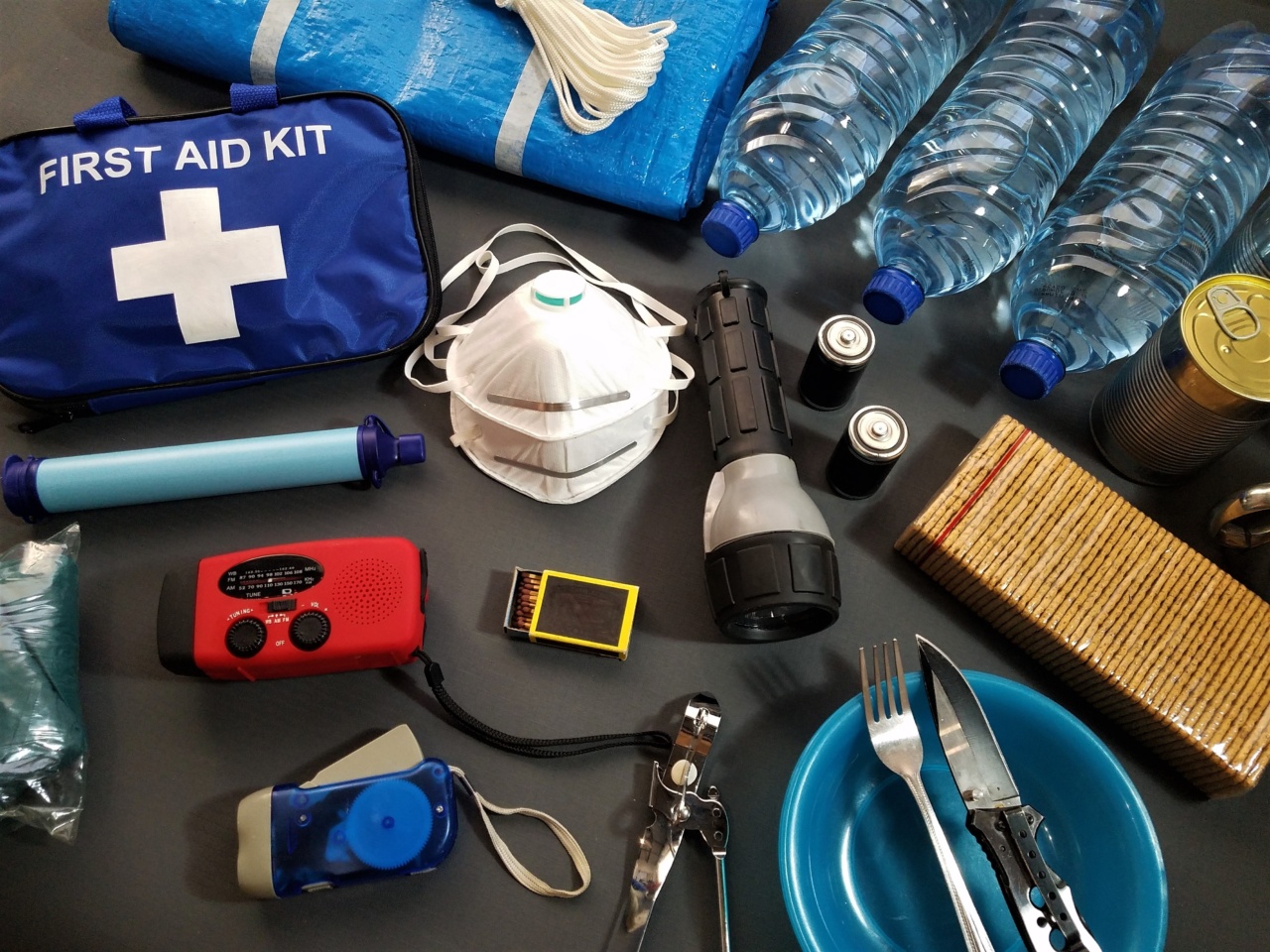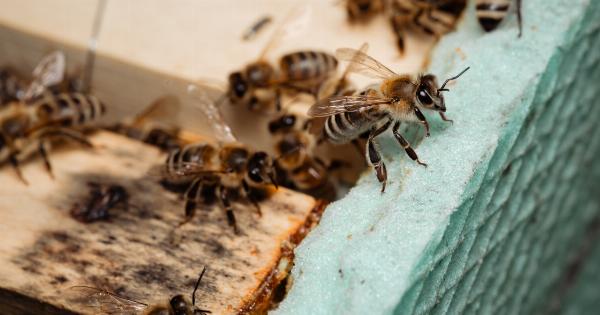A bee sting is a painful and potentially dangerous experience that can happen to anyone.
Whether you’re spending time in your backyard or enjoying a hike in nature, it’s important to know how to handle a bee sting and the steps to take for immediate relief. This article will provide you with first aid techniques and safety tips to ensure you’re prepared in case of an unfortunate encounter with a bee.
Identifying a Bee Sting
Before diving into the first aid techniques, it’s crucial to be able to identify a bee sting. A bee sting usually causes an immediate, sharp pain in the area that has been stung.
The pain is often accompanied by redness, swelling, and mild itchiness. In some cases, the stinger may remain lodged in the skin.
If you notice multiple stings, excessive swelling, difficulty breathing, chest pain, or any symptoms of an allergic reaction, it’s important to seek immediate medical attention.
These symptoms could indicate a severe allergic reaction, which requires prompt medical intervention.
First Aid Techniques for a Bee Sting
If you’re stung by a bee, it’s important to act quickly. Here are the steps you should take for immediate relief:.
1. Remove the Stinger
Begin by removing the stinger if it’s still present in your skin. The stinger can continue to release venom even after the bee is no longer attached, so removing it promptly is essential.
Avoid using tweezers or squeezing the stinger, as this can release more venom into your body. Instead, gently scrape the area with your fingernail or the edge of a credit card to push the stinger out.
2. Cleanse the Area
After removing the stinger, clean the area with mild soap and water to minimize the risk of infection. Gently pat the area dry with a clean towel.
3. Apply Cold Compress
Apply a cold compress, such as a pack of ice or a bag of frozen vegetables, to the sting site. This will help reduce swelling and provide temporary relief from pain and itching.
Remember to place a thin towel or cloth between the ice pack and your skin to prevent frostbite.
4. Use Over-the-Counter Remedies
Over-the-counter remedies can help alleviate the symptoms of a bee sting. Topical creams containing ingredients like hydrocortisone or calamine lotion can provide relief from itching. Antihistamines can also be taken orally to reduce itching and swelling.
Be sure to follow the instructions on the packaging and consult a pharmacist if you have any concerns or questions.
5. Elevate the Affected Area
If the bee sting is on an extremity, like an arm or a leg, elevate it to minimize swelling. By keeping the affected area elevated, you can help reduce the blood flow to the sting site, which can help alleviate swelling and discomfort.
6. Monitor for Signs of Allergic Reaction
After a bee sting, it’s important to monitor your body for signs of an allergic reaction. If you experience any difficulty breathing, swelling in the face or throat, dizziness, or a rapid pulse, seek immediate medical attention.
Allergic reactions to bee stings can be life-threatening, and prompt medical intervention is critical.
Safety Tips to Prevent Bee Stings
Prevention is always better than cure. By following these safety tips, you can reduce your chances of getting stung by a bee:.
1. Avoid Provoking Bees
Bees are generally peaceful creatures and will only sting when they feel threatened. Avoid swatting at bees, wearing bright-colored or floral-scented clothes, and using harsh perfumes or scented lotions when spending time outdoors.
These actions may provoke a bee and increase your risk of getting stung.
2. Cover Exposed Skin
If you’re planning to spend time in an area where bees are known to be active, consider wearing long-sleeved shirts, long pants, and closed-toe shoes. This will minimize the amount of exposed skin and reduce your risk of getting stung.
3. Be Mindful of Food and Drink
Bees are attracted to sweet and sugary substances, so it’s important to be mindful of food and drink when outdoors. Keep food and beverages covered, and avoid leaving empty food containers or drink cans lying around, as they can attract bees.
4. Stay Calm and Still
If a bee flies near you, it’s essential to stay calm and still. Swatting or running away can agitate the bee and increase your chances of getting stung. By staying still, you allow the bee to leave on its own without feeling threatened.
5. Be Cautious Around Beehives and Nests
If you come across a beehive or a nest, keep your distance. Disturbing these areas can provoke defensive actions from bees, leading to multiple stings.
If there’s an active beehive or nest near your home, it’s best to contact a professional beekeeper or pest control service to safely handle the situation.
Conclusion
A bee sting can be painful, but by following these first aid techniques and safety tips, you can minimize the discomfort and reduce your risk of adverse reactions.
Remember, immediate removal of the stinger, proper cleansing of the area, and the use of cold compresses and over-the-counter remedies are crucial steps in bee sting first aid. Additionally, taking precautions to prevent bee stings, such as avoiding provocation, covering exposed skin, and being cautious around beehives, can significantly reduce your chances of getting stung. Stay safe and enjoy your time outdoors!.






























